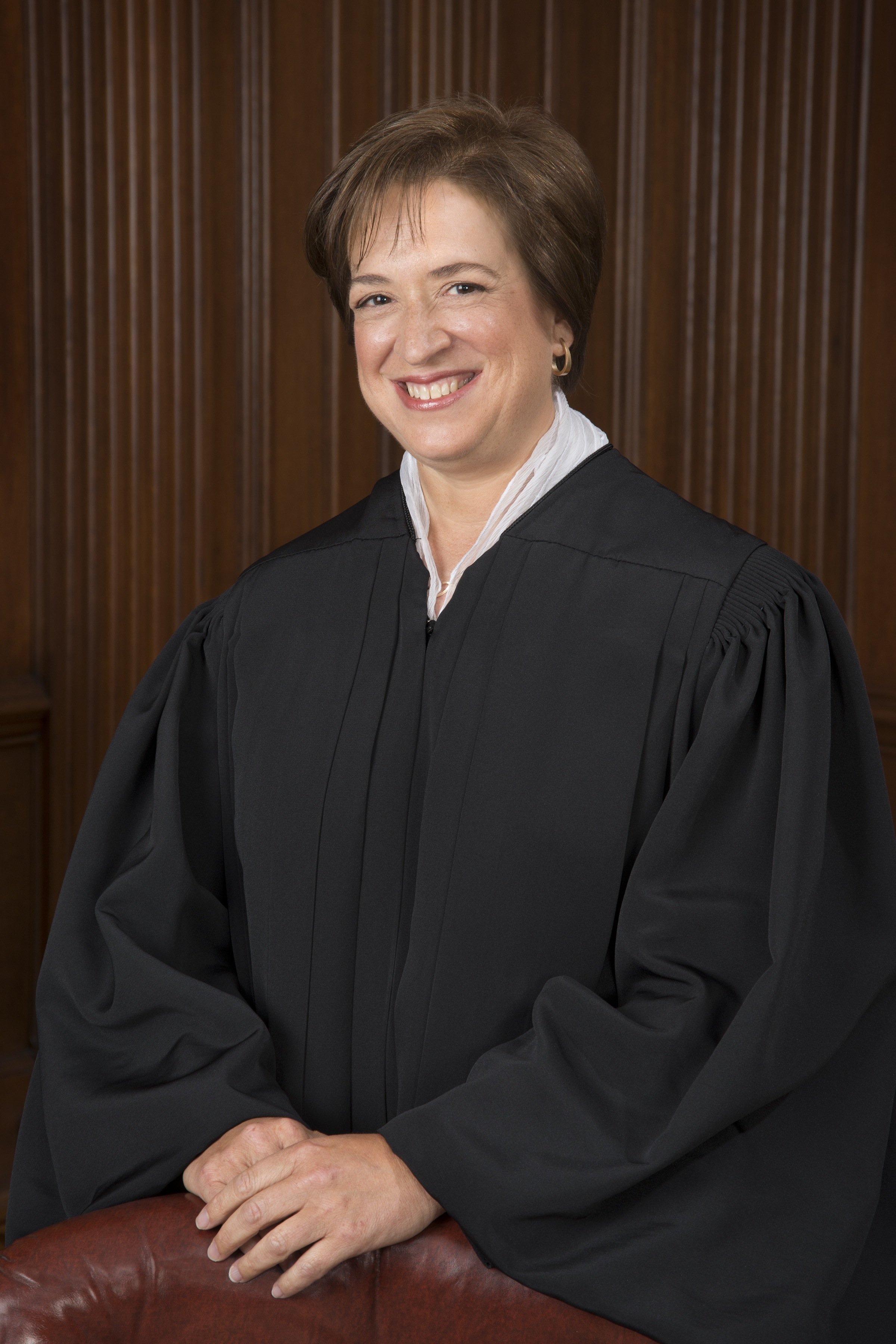Garland v. Cargill
Case Overview
CITATION
602 U.S. 406 (2024)
ARGUED ON
February 28, 2024
DECIDED ON
June 14, 2024
DECIDED BY
Legal Issue
Does a bump stock transform a semiautomatic rifle into a “machinegun,” as defined by §5845(b) of the National Firearms Act of 1934?
Holding
No, the ATF exceeded its statutory authority by issuing a rule classifying a bump stock as a “machinegun” under §5845(b).
Michael Cargill, owner of Central Texas Gun Works and the respondent in the case Garland v. Cargill | Credit: Miguel Gutierrez Jr./KUT
Background
Under §5845(b) of the National Firearms Act of 1934, a “machinegun” is defined as “any weapon which shoots, is designed to shoot, or can be readily restored to shoot, automatically more than one shot, without manual reloading, by a single function of the trigger.” For many years, the Bureau of Alcohol, Tobacco, Firearms, and Explosives (ATF) were of the position that semiautomatic rifles equipped with bump stocks were not machineguns under the statute.
In October of 2017, a gunman equipped his weapons with bump stocks and fired on a crowd attending an outdoor music festival in Las Vegas. After firing hundreds of rounds in mere minutes, 58 people were killed and over 500 were wounded. In the aftermath of the shooting, politicians began proposing bills that would ban bump stocks, but none became law. Instead, the ATF reversed their previous position and proposed a rule to “clarify” that bump stocks are machineguns. The final rule was approved in 2018, and owners of bump stocks were ordered to destroy or surrender them within 90 days. Failure to comply would result in criminal prosecution.
After the rule went into effect, Michael Cargill surrendered two bump stocks to the ATF under protest. He subsequently challenged the ATF’s new rule under the Administrative Procedure Act, arguing that the ATF lacked the statutory authority to enact the new rule because bump stocks are not machineguns as defined by §5845(b). After a bench trial, the District Court ruled in favor of the ATF. The Fourth Circuit Court of Appeals initially affirmed the lower court’s ruling, but they reversed their decision in an en banc hearing. The Supreme Court then granted certiorari.
Summary
6 - 3 decision for Cargill
Garland
Cargill
Roberts
Thomas
Kavanaugh
Alito
Kagan
Jackson
Barrett
Sotomayor
Gorsuch
Opinion of the Court
Writing for the Court, Justice Clarence Thomas held that the ATF exceeded its statutory authority by issuing a rule that classified bump stocks as machineguns under §5845(b) of the National Firearms Act of 1934. Thomas explained that a machinegun is defined by its ability to fire more than one shot automatically by a single function of the trigger and noted that a semiautomatic rifle, with or without a bump stock, does not meet this definition because each shot requires a separate trigger pull. He clarified that the bump stock merely allows the shooter to initiate a rapid sequence of shots by quickly resetting the trigger and wrote that “[a] bump stock cannot convert a semiautomatic rifle into a machinegun any more than a shooter with a lightning-fast trigger finger does.” Thomas also addressed the concept of “automatic” firing, explaining that true automatic firing requires no additional manual input after the initial trigger pull. However, a bump stock requires continuous forward pressure on the rifle’s grip, which disqualifies it from being considered automatic under the statute.
Thomas criticized the ATF’s reinterpretation of the law following the 2017 Las Vegas shooting, emphasizing that despite the tragic event, the statutory definition did not change and should therefore be adhered to as written. He argued that Congress intended to regulate machineguns based on their automatic firing capability, which a bump stock-equipped semiautomatic rifle does not possess. Thomas concluded that the bump stocks do not transform semiautomatic rifles into machineguns under the National Firearms Act and stressed that interpreting the law to exclude bump stock-equipped rifles does not render the statute ineffective, as it still covers traditional machineguns, but rather prevents the ATF from exceeding their authority.
Concurring Opinion by Justice Alito
In his brief concurrence, Justice Samuel Alito explained that he joined the Court’s opinion because “there is simply no other way to read the statutory language.” Alito explained that while he agrees that the Congress that passed the National Firearms Act would likely not see a material difference between a machinegun and a semiautomatic rifle with a bump stock attached, “the statutory text is clear, and we must follow it.”
Alito also noted that while the events of the 2017 Las Vegas shooting were tragic, “an event that highlights the need to amend a law does not itself change the law’s meaning.” He explained that the correct remedy was not for the ATF to itself reinterpret the law, but rather for Congress to address the issue. He wrote, “[t]here is a simple remedy for the disparate treatment of bump stocks and machineguns. Congress can amend the law—and perhaps would have done so already if ATF had stuck with its earlier interpretation. Now that the situation is clear, Congress can act.”
Dissenting Opinion by Justice Sotomayor
In her dissenting opinion, Justice Sonia Sotomayor argued that the majority’s decision to exclude bump stocks from the statutory definition of machineguns contradicted both the text of the law and congressional intent. She emphasized that bump stocks enable a shooter to fire multiple shots with a single function of the trigger, thus meeting the definition of a machinegun under 26 U.S.C. §5845(b).
Sotomayor criticized the majority for focusing too narrowly on the mechanical action of the trigger rather than the broader functionality of the weapon. Sotomayor pointed out that the statutory definition of a machinegun encompasses the effect of the trigger function, not just the internal mechanics. She asserted that the majority’s interpretation “ignores the reality of how bump stocks operate and how they enable automatic fire.”
Sotomayor also highlighted the legislative history of the National Firearms Act, noting that Congress intended to regulate firearms that could fire multiple rounds with a single trigger action to prevent their use in criminal activities. She argued that the majority’s decision undermined this purpose and allowed for easy circumvention of the federal machinegun ban. Sotomayor also rejected the majority’s reliance on the rule of lenity, which resolves ambiguities in criminal statutes in favor of the defendant. She argued that the statute was not ambiguous and that the application of the rule of lenity was inappropriate. She emphasized that “Congress’s clear intent must guide our interpretation, not speculative or strained readings of the statutory text.”









